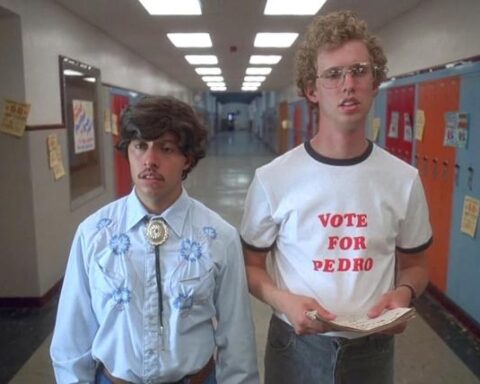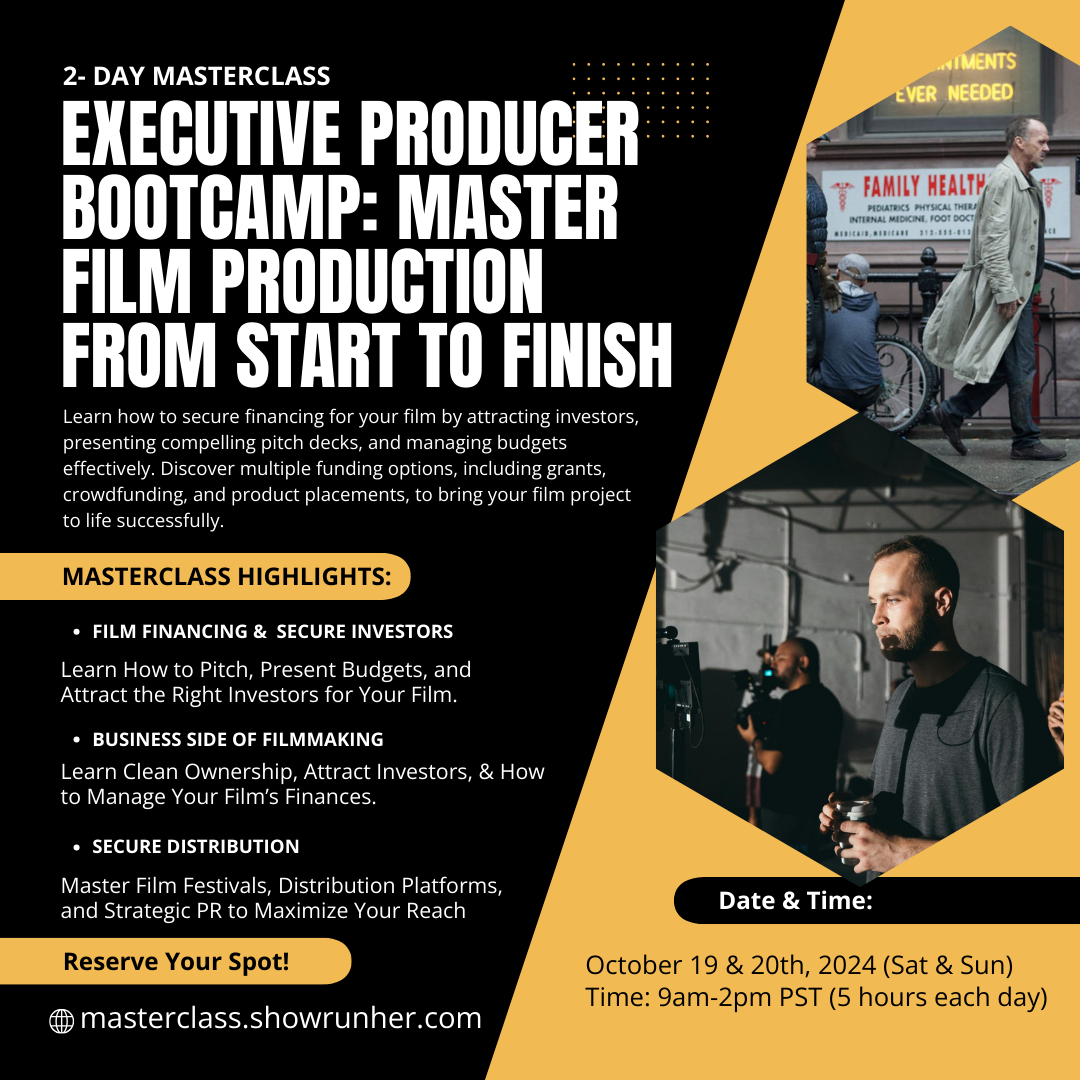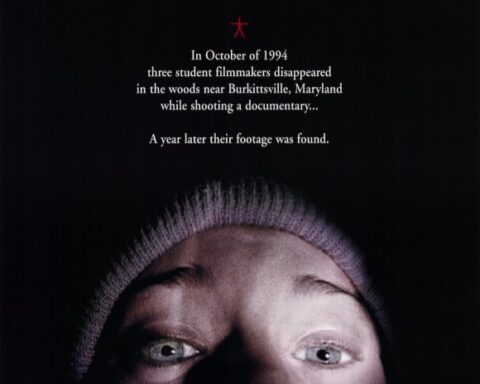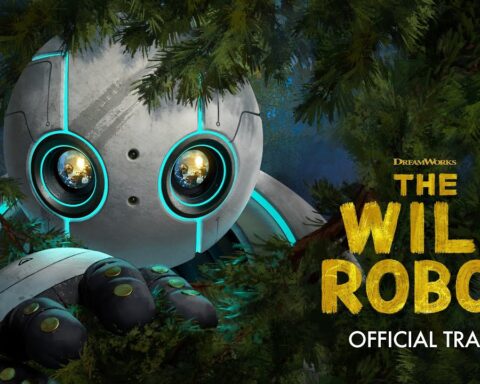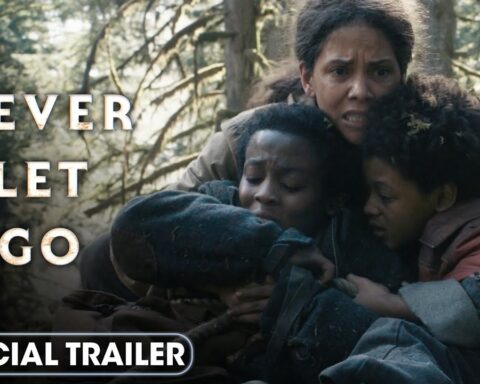Creating a trailer is one of the most crucial steps in the marketing process for your indie film. A well-crafted trailer can captivate audiences, generate buzz, and drive viewers to watch your film. However, building a compelling trailer requires more than just cutting together a few scenes. It’s about distilling the essence of your film into a short, engaging preview that leaves the audience wanting more. This blog will guide you through the essential steps and strategies for creating a powerful trailer for your indie film.
Your trailer is the heartbeat of your film’s marketing—craft it to captivate, intrigue, and leave your audience wanting more
Understanding the Purpose of a Trailer
Before diving into the technical aspects of trailer creation, it’s essential to understand the purpose of a trailer. A trailer is not just a summary of your film—it’s a marketing tool designed to grab attention, convey the tone and style of your film, and entice viewers to see the full movie. It should evoke emotion, generate intrigue, and provide just enough information to make the audience curious without giving away too much of the plot.
A successful trailer strikes a balance between revealing and withholding. It should give the audience a taste of what to expect—whether it’s suspense, humor, drama, or action—while leaving key plot points and surprises hidden. This balance keeps the viewer engaged and eager to experience the full story.
Step 1: Define Your Key Elements
The first step in creating a compelling trailer is to identify the key elements of your film. These are the aspects that make your movie unique and appealing, and they should be the focal points of your trailer. Ask yourself:
- What is the core theme or message of your film?
- Who are the main characters, and what are their primary motivations?
- What is the most striking visual element of your film?
- What is the tone of your film (e.g., dark, light-hearted, suspenseful)?
- What moments in your film will grab the audience’s attention?
By identifying these key elements, you can ensure that your trailer accurately represents your film and highlights what will resonate most with your target audience.
Step 2: Craft a Strong Opening
The opening of your trailer is critical—it’s the first impression you make on your audience, and it needs to be compelling enough to keep them watching. The first few seconds should establish the tone and grab the viewer’s attention. This could be through a striking visual, a powerful line of dialogue, or an intriguing piece of music.
For example, if your film is a thriller, consider opening with a tense, suspenseful moment that immediately pulls the viewer into the action. If your film is a comedy, start with a humorous or witty exchange that showcases the film’s tone.
The goal of the opening is to hook the viewer and make them want to see more. Avoid starting with slow, expository scenes; instead, jump straight into the heart of the action or drama.
Step 3: Build Momentum and Structure
Once you’ve hooked the audience with a strong opening, the next step is to build momentum throughout the trailer. This involves structuring your trailer in a way that gradually increases tension, excitement, or emotional engagement.
A common structure for trailers is to start with a slower pace, introducing the main characters and setting, and then gradually ramp up the intensity as the trailer progresses. This can be achieved through faster editing, more dynamic music, and the inclusion of action-packed or emotionally charged scenes.
Consider the following structure as a guideline:
- Introduction: Introduce the main characters and setting, and establish the tone.
- Conflict: Introduce the central conflict or challenge that drives the story.
- Rising Action: Build tension by showcasing moments of action, drama, or suspense.
- Climax: Reach a peak with the most intense or dramatic moment in the trailer.
- Conclusion: End with a strong, memorable final image or line that leaves the audience wanting more.
Each section should flow smoothly into the next, creating a sense of progression and momentum that keeps the viewer engaged from start to finish.
Step 4: Choose the Right Scenes
Selecting the right scenes to include in your trailer is crucial. You want to choose moments that are visually striking, emotionally resonant, or key to understanding the story without revealing too much. Consider using scenes that:
- Highlight the film’s visual style or unique cinematography.
- Showcase the performances of your lead actors.
- Include memorable or quotable lines of dialogue.
- Feature action, suspense, or moments of tension that will keep viewers on the edge of their seats.
- Provide a glimpse into the central conflict or emotional core of the film.
It’s also important to consider pacing when selecting scenes. Mix slower, more contemplative moments with fast-paced, dynamic scenes to create a balanced and engaging trailer.

Step 5: Focus on Sound and Music
Sound and music play a pivotal role in setting the tone and enhancing the emotional impact of your trailer. The right music can elevate the visuals, create atmosphere, and guide the audience’s emotional response.
When choosing music for your trailer, consider the following:
- Tone: The music should match the tone of your film. For example, a horror film might use eerie, suspenseful music, while a romantic drama might feature a softer, more melodic score.
- Pacing: The music should complement the pacing of your trailer. A slow, building score can enhance a gradual rise in tension, while a fast-paced track can drive the momentum during action sequences.
- Impact: Consider using music with strong, impactful beats or crescendos that align with key moments in your trailer. This can enhance the drama and make those moments more memorable.
In addition to music, pay attention to sound design. Dialogue, sound effects, and ambient sounds should be carefully mixed to ensure clarity and impact. Avoid overwhelming the audience with too much sound at once; instead, use sound strategically to enhance the visual storytelling.
Step 6: Create a Compelling Hook
A great trailer often includes a compelling hook—a memorable line, visual, or moment that sticks with the audience after the trailer ends. This hook is what will linger in the viewer’s mind and encourage them to seek out your film.
The hook could be a powerful line of dialogue that encapsulates the film’s theme, a striking visual that showcases the film’s unique style, or a moment of suspense or intrigue that leaves the audience with questions. Whatever form it takes, the hook should be placed near the end of the trailer to leave a lasting impression.
Step 7: Include Essential Information
While the focus of your trailer should be on storytelling and emotion, it’s also important to include essential information that viewers need to know. This includes:
- Film Title: Make sure your film’s title is clearly displayed at the end of the trailer.
- Release Date: If your film has a set release date, include it so viewers know when they can watch it.
- Call to Action: Encourage viewers to take action, whether it’s visiting your website, following your social media channels, or adding the film to their watchlist.
- Credits: Include key credits such as the director’s name, main cast, and production company. This helps establish the film’s credibility and provides recognition for the creative team.
This information should be presented clearly and concisely, without detracting from the trailer’s overall impact.
Step 8: Edit for Precision and Impact
Editing is where your trailer truly comes together. A well-edited trailer is tight, focused, and impactful, with no wasted moments. During the editing process, keep the following tips in mind:
- Keep it Short: The ideal length for a trailer is between 1.5 to 2.5 minutes. This is enough time to capture the audience’s attention without overstaying your welcome. If your trailer is too long, you risk losing the viewer’s interest.
- Pacing: Maintain a consistent pacing that builds momentum. Avoid long, drawn-out scenes that could slow down the trailer. Instead, use quick cuts and dynamic transitions to keep the energy high.
- Balance: Ensure that your trailer balances dialogue, action, and visual storytelling. Too much dialogue can make the trailer feel slow, while too much action without context can be confusing. Strive for a mix that keeps the viewer engaged and informed.
- Test and Refine: Once you have a rough cut, test your trailer with a small audience. Gather feedback and make adjustments as needed to improve clarity, pacing, and overall impact.
Step 9: Tailor for Different Platforms
In today’s digital age, trailers are viewed on various platforms, from theaters to smartphones. It’s important to tailor your trailer for different viewing experiences. Consider creating multiple versions of your trailer:
- Theatrical Trailer: A longer version designed for in-theater viewing, typically 2 to 2.5 minutes.
- Teaser Trailer: A shorter, punchier version (30 to 60 seconds) designed to generate buzz and curiosity, often used on social media.
- Social Media Clips: Very short clips (10 to 15 seconds) highlighting key moments or visuals, optimized for platforms like Instagram and Twitter.
Each version should be tailored to its intended platform while maintaining the core message and appeal of the full trailer.
Step 10: Distribute and Promote
Once your trailer is complete, it’s time to get it in front of as many eyes as possible. Distribution and promotion are key to ensuring your trailer reaches its target audience. Consider the following strategies:
- Upload to Video Platforms: Upload your trailer to popular video platforms like YouTube and Vimeo. Optimize the title, description, and tags for searchability.
- Social Media Sharing: Share your trailer across your social media channels, and encourage your cast, crew, and fans to do the same. Utilize paid promotions on platforms like FacebookIt seems that I was interrupted before I could finish the blog. I’ll pick up where I left off:
Step 10: Distribute and Promote
Once your trailer is complete, it’s crucial to distribute it effectively to ensure it reaches your target audience. Here are some strategies to maximize its impact:
- Upload to Video Platforms: Start by uploading your trailer to popular video platforms like YouTube and Vimeo. Optimize the video title, description, and tags to enhance discoverability. Include a compelling thumbnail that draws attention and encourages clicks.
- Social Media Sharing: Share your trailer across all your social media channels, such as Facebook, Instagram, Twitter, and TikTok. Use targeted hashtags to reach your desired audience, and consider creating short teaser clips that can be shared more easily on platforms like Instagram Stories or Twitter.
- Website and Email Marketing: Feature the trailer prominently on your film’s official website and use email marketing to send the trailer to your mailing list. Personalize the message to build anticipation among your subscribers, and encourage them to share the trailer with their networks.
- Film Festivals and Industry Events: If you’re submitting your film to festivals or attending industry events, your trailer can serve as an effective promotional tool. It can help generate buzz among festival programmers, industry professionals, and potential distributors.
- Collaborations and Cross-Promotion: Collaborate with other filmmakers, influencers, or media outlets to reach a broader audience. For instance, you could offer exclusive early access to the trailer to a popular film blog or website, or work with social media influencers to share the trailer with their followers.
- Paid Advertising: Consider investing in paid advertising on platforms like YouTube, Facebook, or Instagram. Target specific demographics based on the audience you want to attract to your film. Paid ads can significantly increase your trailer’s reach and visibility.
Conclusion: Crafting a Trailer That Captivates
Creating a compelling trailer for your indie film is both an art and a science. It requires careful planning, creative storytelling, and precise editing to capture the essence of your film in a short, engaging preview. By understanding your film’s key elements, crafting a strong opening, building momentum, and using sound and visuals effectively, you can create a trailer that resonates with audiences and compels them to see your film.
Remember, your trailer is often the first interaction potential viewers will have with your film, so make it count. Focus on creating a powerful emotional impact, leaving the audience with a lasting impression that drives them to seek out your film. With the right approach, your trailer can be a powerful tool that turns curiosity into anticipation, ultimately leading to the success of your indie film.



